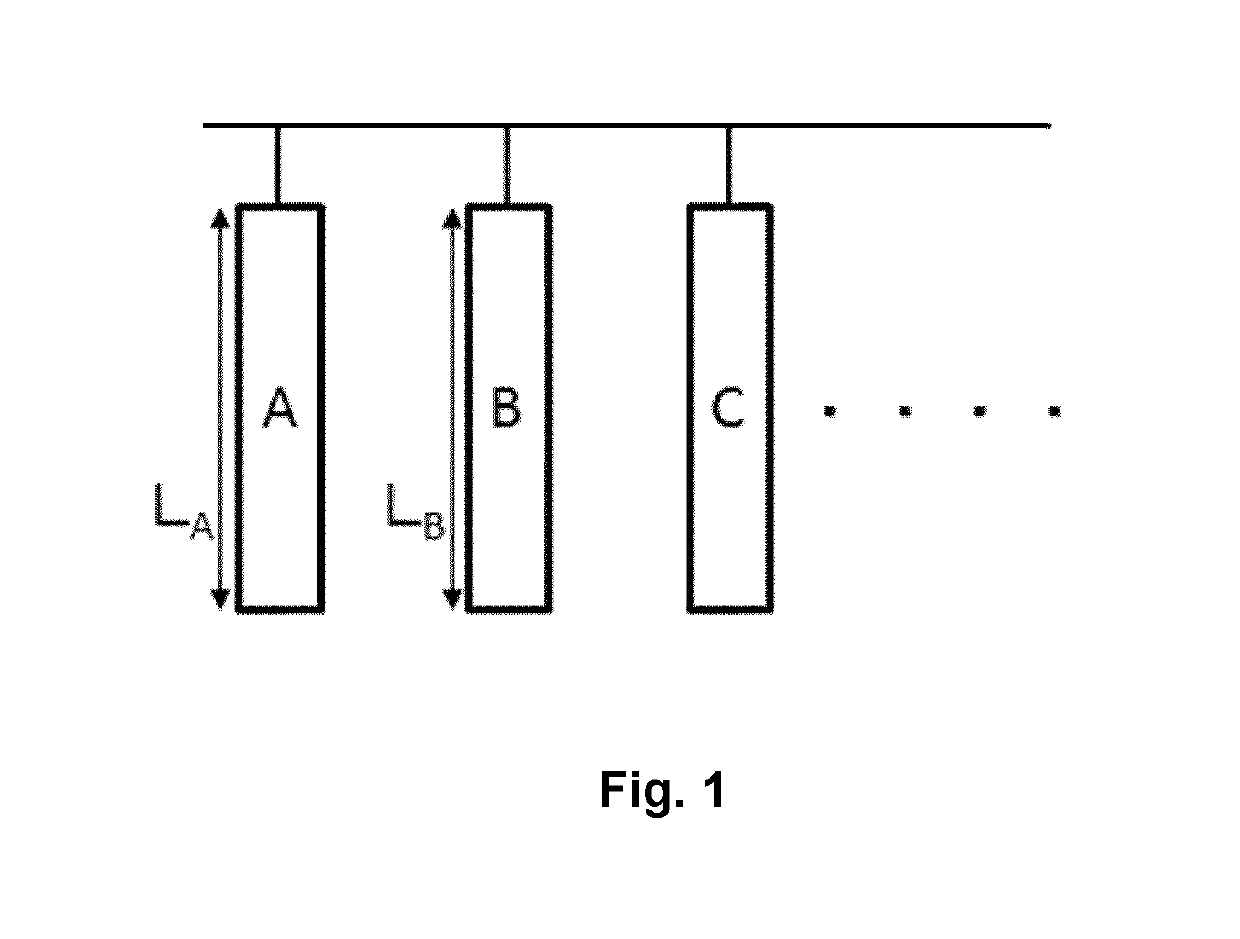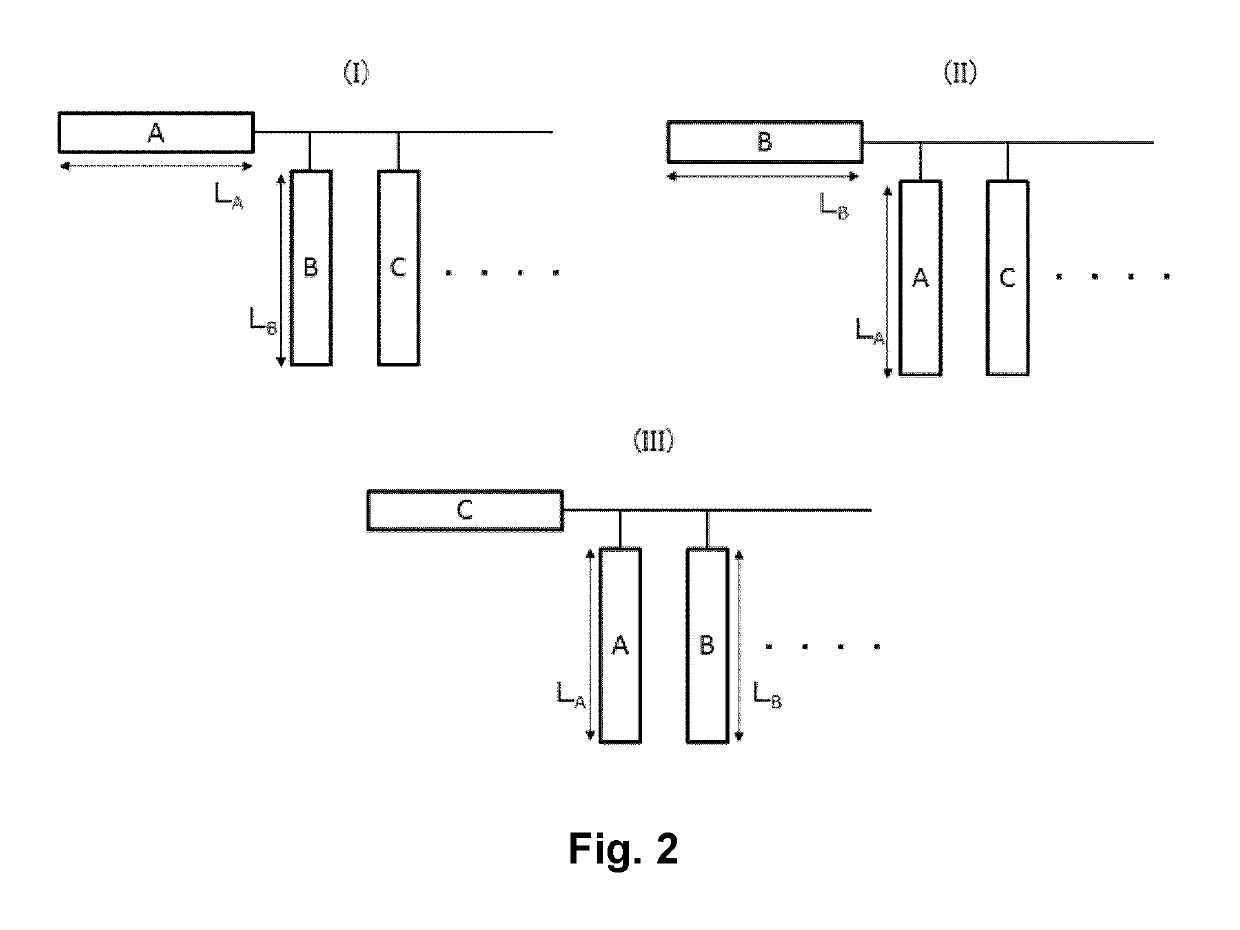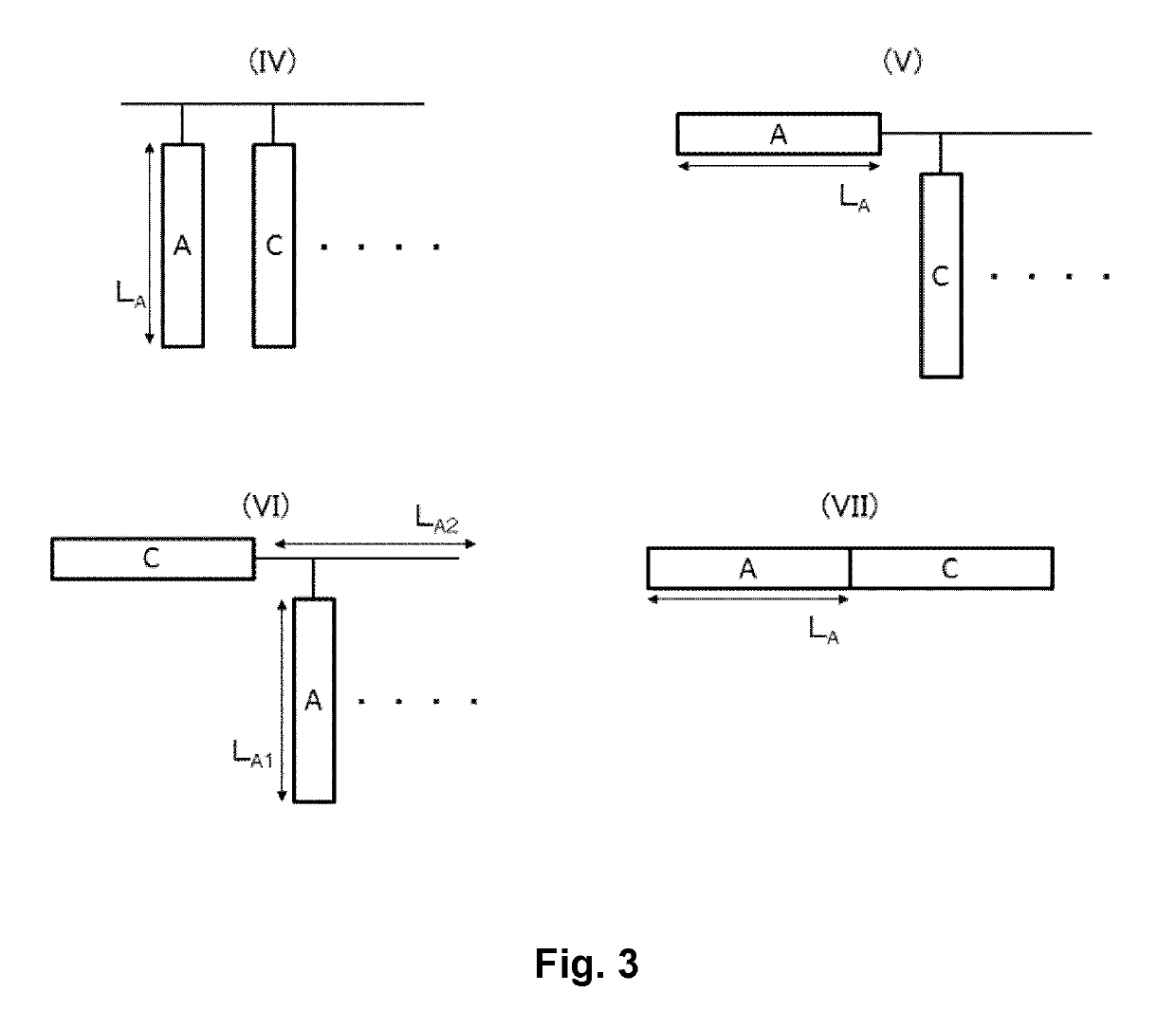Resin fine particles, method of producing resin fine particles, method of producing resin particles, and method of producing toner
a technology of resin particles and fine particles, which is applied in the field of resin fine particles, can solve the problems that resin particles having a good particle size distribution were not necessarily obtained, and then presumably not obtained, and achieve the effect of small particle diameter and excellent solvent resistan
- Summary
- Abstract
- Description
- Claims
- Application Information
AI Technical Summary
Benefits of technology
Problems solved by technology
Method used
Image
Examples
example 1
Preparation of Resin Solution R1
[0396]141.0 parts of acetone and 100.0 parts of resin R1 were introduced into a stirrer-equipped beaker, and stirring was continued at a temperature of 40° C. until complete dissolution was achieved to prepare a resin solution R1 having a solids concentration of 41.5 mass %.
[0397]Preparation of Resin Fine Particle Dispersion 1
[0398]100.0 parts of acetone and 10.0 parts of resin fine particle 1 were introduced into a stirrer-equipped beaker, and a resin fine particle dispersion 1 having a solids concentration of 9.1 mass % was prepared by dispersion processing for 2 minutes using an ultrasound homogenizer.
Production of Resin Particle 1
[0399]
resin solution R1241.0 partsresin fine particle dispersion 1110.0 parts
[0400]These materials were introduced into a beaker and the temperature was adjusted to 40° C., after which a resin composition 1 was obtained by stirring for 1 minute at 3,000 rpm using a Disper (Tokushu Kika Kogyo Co., Ltd.).
[0401]Using the app...
examples 2 and 3
and Comparative Examples 1, 2, and 5
Production of Resin Particles 2 to 5 and 8
[0410]Resin particles 2 to 5 and 8 were obtained proceeding as in Example 1, but changing the resin and resin fine particle used as indicated in Table 4. The evaluation results are given in Table 4.
example 4
Preparation of Colorant Dispersion
[0414]
C.I. Pigment Blue 15:3100.0 partsacetone150.0 partsglass beads (diameter = 1 mm)300.0 parts
[0415]These materials were introduced into a heat-resistant glass vessel; dispersion was carried out for 5 hours using a paint shaker (Toyo Seiki Seisaku-sho, Ltd.); and the glass beads were removed using a nylon mesh to obtain a colorant dispersion having a volume-average particle diameter of 200 nm and a solids concentration of 40.0 mass %.
Preparation of Wax Dispersion
[0416]
dipentaerythritol palmitate ester wax16.0 partswax dispersing agent 8.0 parts(copolymer having a peak molecular weight of 8,500 andprovided by the graft copolymerization of 50.0 parts ofstyrene, 25.0 parts of n-butyl acrylate, and 10.0 partsof acrylonitrile in the presence of 15.0 parts of polyethylene)acetone76.0 parts
[0417]These materials were introduced into a stirring blade-equipped glass beaker (Iwaki Glass Co., Ltd.) and the wax was dissolved in the acetone by heating the syst...
PUM
| Property | Measurement | Unit |
|---|---|---|
| chain length LB | aaaaa | aaaaa |
| chain length LB | aaaaa | aaaaa |
| melting point | aaaaa | aaaaa |
Abstract
Description
Claims
Application Information
 Login to View More
Login to View More - R&D
- Intellectual Property
- Life Sciences
- Materials
- Tech Scout
- Unparalleled Data Quality
- Higher Quality Content
- 60% Fewer Hallucinations
Browse by: Latest US Patents, China's latest patents, Technical Efficacy Thesaurus, Application Domain, Technology Topic, Popular Technical Reports.
© 2025 PatSnap. All rights reserved.Legal|Privacy policy|Modern Slavery Act Transparency Statement|Sitemap|About US| Contact US: help@patsnap.com



